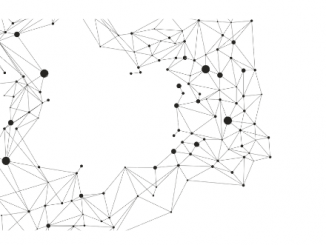
Choosing the right data platform is crucial for organizations of all sizes. In 2024, three major players dominate the landscape: Snowflake, Databricks, and Amazon Redshift. But which one reigns supreme? This blog post dives into a head-to-head comparison, analyzing their cost, performance, and ease of use to help you make an informed decision.
Cost:
- Snowflake: Known for its transparent pay-per-use model based on compute and storage used. Can be cost-effective for smaller datasets but might get expensive for massive workloads.
- Databricks: Offers various pricing models, including per-minute usage and committed plans. Can be cost-efficient for specific use cases but requires careful monitoring to avoid overspending.
- Redshift: Billed based on the size of the cluster and data storage. Cost-effective for large datasets in the AWS ecosystem but lacks flexibility in scaling compute independently.
Performance:
- Snowflake: Boasts impressive query performance due to its cloud-native architecture and separation of compute and storage. Ideal for complex queries and real-time analytics.
- Databricks: Leverages Apache Spark, a powerful engine for large-scale data processing. Provides good performance for complex workflows and machine learning tasks.
- Redshift: Offers decent query performance within the AWS ecosystem, but might struggle with highly complex queries due to its shared compute and storage architecture.
Ease of Use:
- Snowflake: User-friendly interface and SQL-based queries make it easy for analysts with existing SQL knowledge to get started. Limited customization options might restrict power users.
- Databricks: Requires familiarity with programming languages like Python, Java, or Scala. Steeper learning curve, but offers greater flexibility and customization for developers and data scientists.
- Redshift: Integrates seamlessly with other AWS services, making it user-friendly for AWS users with SQL experience. Limited to the AWS ecosystem and might require additional configuration for complex tasks.
Beyond the Basics:
- Snowflake: Strong focus on data governance and security. Offers advanced features like time travel and data sharing.
- Databricks: Robust machine learning capabilities and integration with various data sources. Open-source platform allows for customization and community support.
- Redshift: Well-suited for large-scale data warehousing within the AWS environment. Limited feature set compared to competitors.
Choosing the Right Champion:
- Snowflake: Ideal for organizations prioritizing ease of use, security, and real-time analytics, especially with smaller datasets.
- Databricks: Perfect for data-driven companies with developers and data scientists needing flexibility, customization, and strong machine learning capabilities.
- Redshift: Best for businesses heavily invested in the AWS ecosystem with large datasets and basic data warehousing needs.
Remember, the optimal choice depends on your specific needs and priorities. Evaluate your data volume, budget, technical expertise, and desired functionalities to select the data platform that empowers your data journey in 2024.


